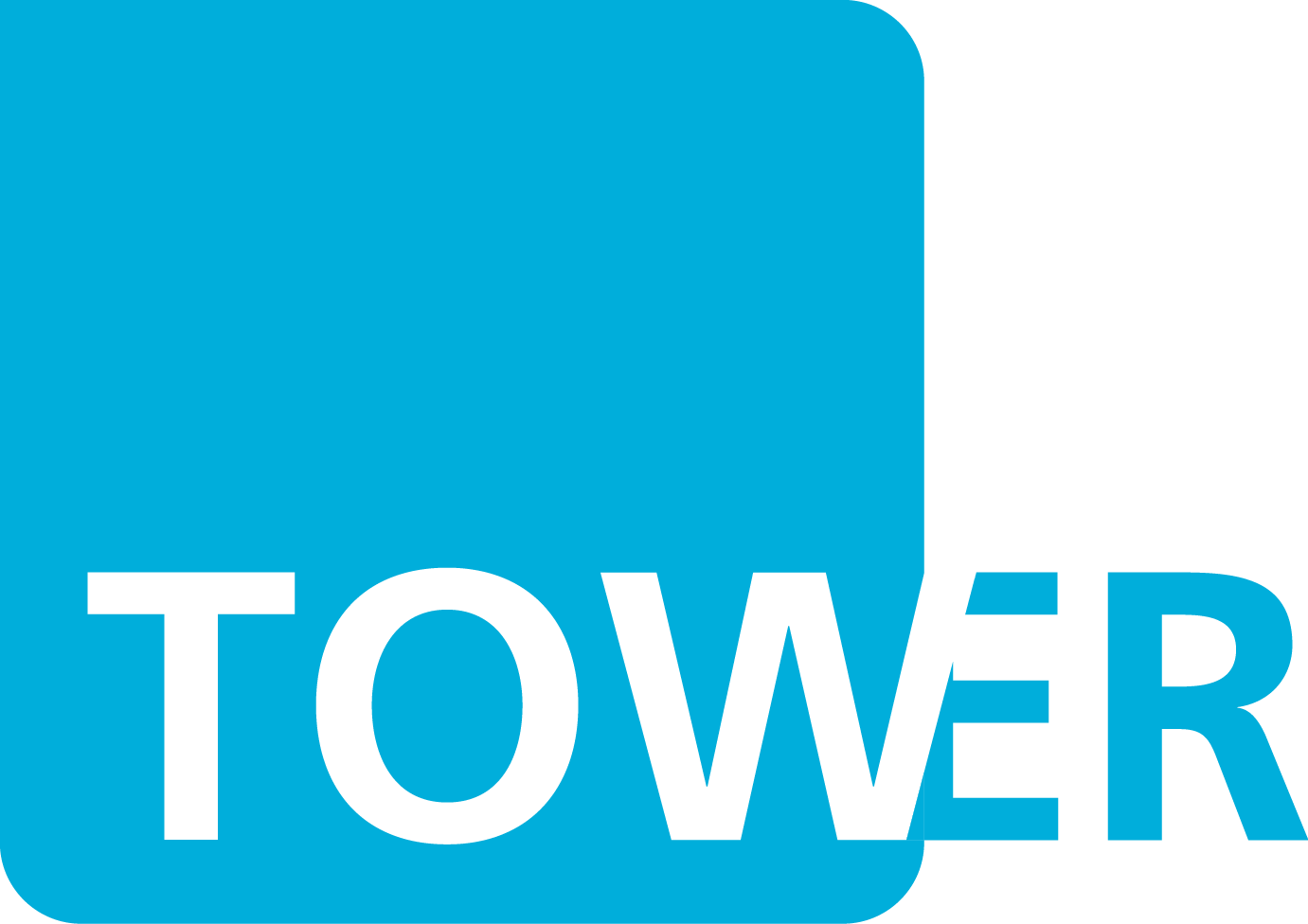With competition ever-growing for exposure, and with Google’s algorithms always changing, ensuring the search engine optimisation (SEO) on your website has never been more important. As a marketer, you have the unique opportunity to appreciate both the creative and technical characteristics of marketing as it relates to user experience, data analysis & SEO. Search engines have evolved in leaps and bounds over the past few years. In 2018, there are many things to be mindful of when it comes to SEO.
Here are three things you should think about with SEO:
Design mobile first for Google
Google will be ramping up its efforts on indexing websites on mobile first this year:
“Our algorithms will eventually primarily use the mobile version of a site’s content to rank pages from that site, to understand structured data, and to show snippets from those pages in our results.” – Google
What does this mean for web design? It means that your website must be mobile phone responsive. When thinking about designing a mobile responsive website you have to go beyond just designing for multiple screens. It is about usability; this requires shifting your thinking towards developing a consistent, high-quality experience across multiple devices. There are a couple things that users care about when it comes to browsing a website; flexible texts and images, breakpoints for design changes (achievable via CSS media queries) and a fluid site map that maintains proportions and allows users to use your site on all devices.
Content structure for organic visibility
Your content organisation should have a purpose acting as a digital path that makes it easy for bots to follow and identify; similar to how the content hierarchy is used to improve accessibility.
Internal linking
Last but not least, the links you have on your website are signaling to search engine bots about which pages users find more valuable over others on your website. It’s one of the central concerns for marketers looking to optimise contents on a site. A well-thought-out internal linking structure provides SEO and UX benefits. Utilise the links on your homepage and avoid the use of generic keyword anchors across your website such as “read more” and “click here” where you can to avoid coming across as spammy. You should also leverage navigation bars, menus, footers and breadcrumb links to provide ample visibility for your key pages.
If you’re a marketer reading this, I suggest taking it upon yourself to research SEO to understand how your sites are being used and interpreted in the wild, by man or machine. Maybe you’re a business that needs help addressing your SEO efforts? Come chat with us here at Tower – we would love to help.






